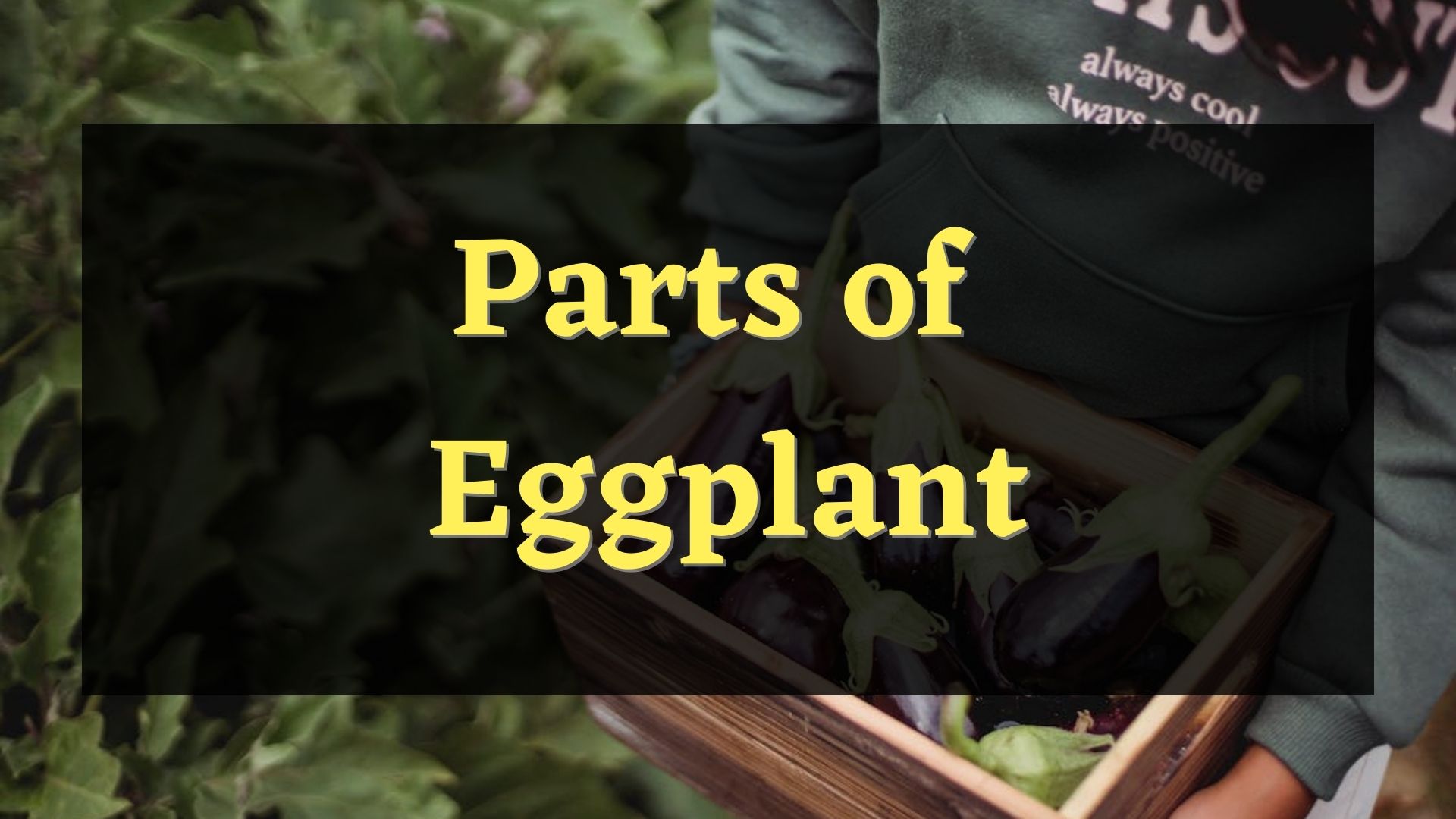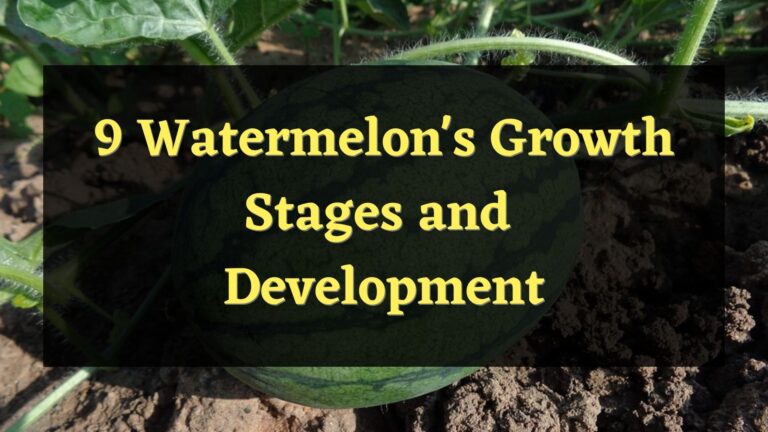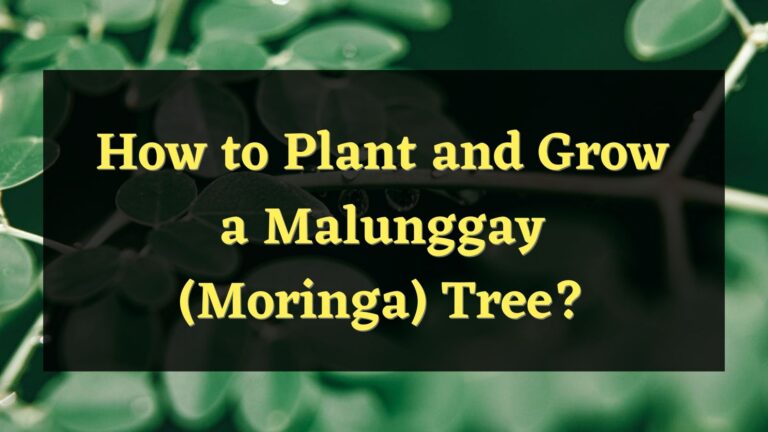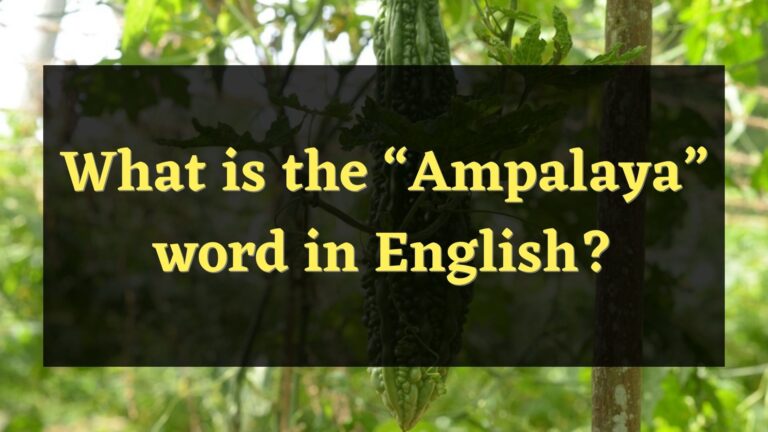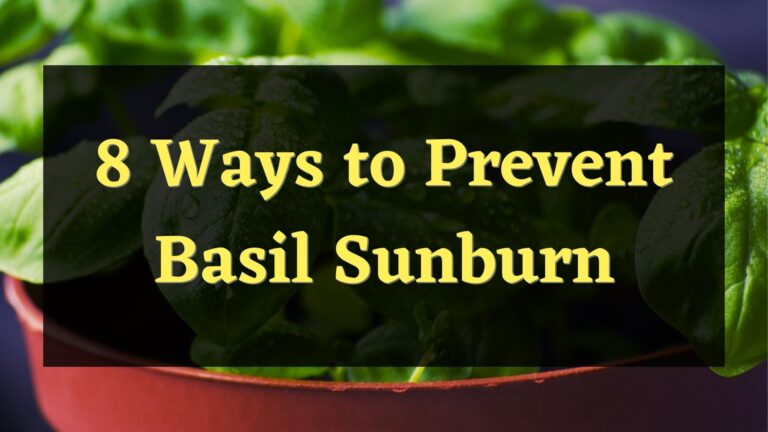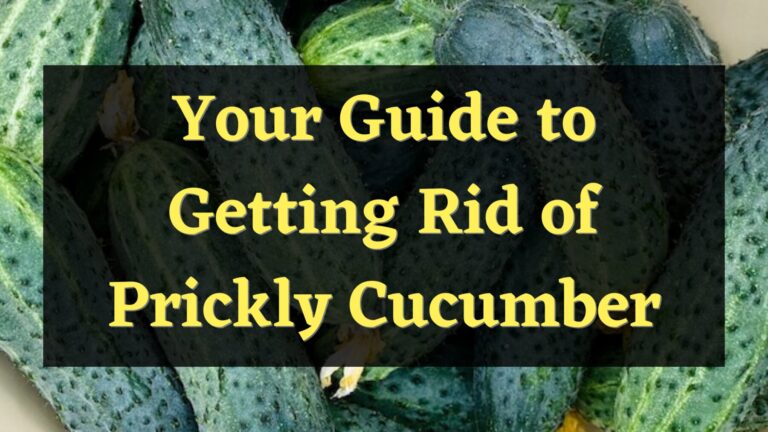Are you interested in knowing more about eggplant parts? Then this blog is for you. In this post, I will tell you about the parts of this plant, their characteristics, and their uses. After reading this article, I hope you find out everything that you wanted to learn about its parts. So, let us get started.
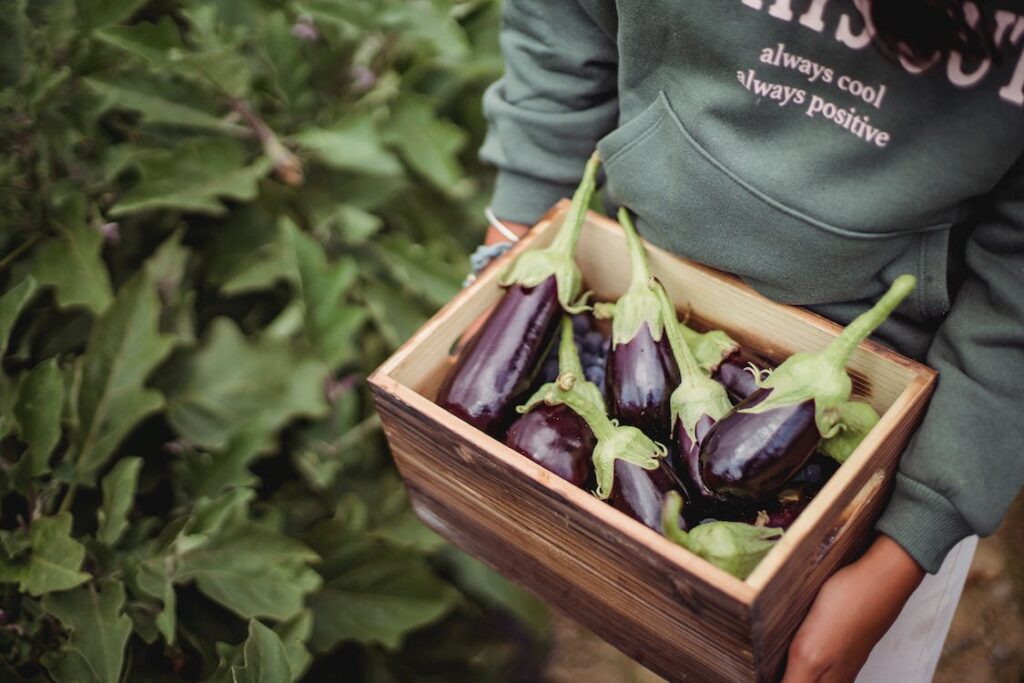
What are the parts of eggplant?
Eggplants have multiple parts which are:
Roots
The root of an eggplant has the same function as a human’s circulatory system. This part carries all of the nutrients from the soil to every part of the eggplant. It is the bottom part of the eggplant and is planted below the soil.
As the eggplant grows bigger, the more its root sprouts and buries itself deeper into the ground. The root color when the eggplant is young is white and gradually turns brown as it grows. The root can be considered as a very important part of an eggplant as the plant itself won’t live without its roots.
Leaves
The eggplant’s leaves are considered the second most important part of it. This is because the eggplant’s leaves are the ones that produce food for the plant itself. The eggplant’s leaves capture sunlight through the help of something called “chlorophyll” that is in the leaf cells.
In a process known as photosynthesis, chlorophyll stores the energy that the leaves receive from the sun. The eggplant leaves are a little bit thicker than other leaves. It also has many soft pointed tips on the edges and has little spikes on its surface making it a bit rough when touched.
It is small in size when the plant is still young but gradually gets bigger as the plants grow. The maximum size of an eggplant’s leaf varies from the kind of eggplant that was planted.
Stem
The stem is the body of an eggplant. It is composed of branches that hold the leaves, flowers, and the plant’s fruit. An eggplant can stand alone on the soil because of its sturdy stem. An eggplant’s stem is sturdy compared to tomato and chili plants.
It allows the plant to withstand moderate winds and rainfalls. The eggplant’s stem starts as a soft and small stem to a full-grown and sturdy stem when it becomes an adult. Stem also acts as a passage that delivers the nutrients that enter from the plant’s roots to its leaves.
Flowers
An eggplant’s flower is not only for decoration it acts as a catalyst for producing its fruits. During the eggplant season, it produces a bunch of flowers that grow into fruit over time. It is small in size compared to normal flowers but bigger in comparison to flowers of plants that produce fruits.
The color of its flowers has a little hint of violet mixed with white. Although some eggplants, depending on the variety, produce a full violet or a full white flower. The flowers that the eggplant produces have a very soft texture and have pointed tips. The flower’s connection to the stem is very brittle as it can fall easily with a mere touch.
Fruits
The fruit that the eggplant produces is violet in color. Its sizes vary according to the variety of eggplant that was planted. Some fruits that eggplants bore are long, some of them are rounder in shape, and some of them are curved.
The eggplant’s fruit is very smooth on the surface and is also soft but some of them are firm. Its fruit has two main uses, one of which is that it is edible. Eggplant can be used in a wide variety of dishes that transcends culture and ethnicity.
And as it is edible for humans, it is also very vulnerable to insects and bugs that also feed on it. The other one is that it produces seeds. Every fruit of eggplant has seeds inside them that can be used for its reproduction.
Seeds
The fruit that an eggplant produces has seeds inside it. The number of seeds that each fruit has depends on the size and age of the fruit. The bigger and older the fruit, the more seed it has. ;
The main use of the seeds is for the eggplant’s reproduction. An eggplant’s seed is very small in size, comparable to tomatoes and chili peppers. These plants have almost the size of seeds because the sizes of their crops are almost the same as each other.
The color of an eggplant’s seed can range from brown to black depending on the variety of eggplant that was planted.
FAQs
What is the stem part of an eggplant?
The stem of an eggplant is an erect bushy stem that is also very sturdy compared to other small plants. Sometimes, the eggplant’s stems also produce spines that are used as some kind of self-defense mechanism to repel insects and bugs.
Are all parts of eggplant edible?
The only edible part of eggplant is its fruit and seeds. Although, you can leave the seeds out to use for reproduction. Some people are under the impression that the flowers or leaves of an eggplant can be brewed. It is not recommended as it will make the person sick because of concentrated solanine.
Is eggplant a fruit or vegetable?
Most people often consider eggplant as a vegetable when in fact it is technically a fruit! It belongs to the nightshade plant family and is considered a fruit as the fruit the eggplants produce grows from a flower and also contains a seed.
Conclusion
Every part of the eggplant is interesting as its characteristics differ depending on the eggplant’s variety. For example, it’s fruit. Some may be small and round for one kind of plant but they can also be big and long for another kind. Every part has various and specific roles that are very important for the eggplant’s development and growth. Each part of this plant is crucial for the plant’s survival.
Meet Tomas Clayton, a seasoned plant gardener who has been passionate about horticulture since he was a child. Tomas John developed a love for the natural world and a strong appreciation for the beauty of plants while growing up on a farm.

